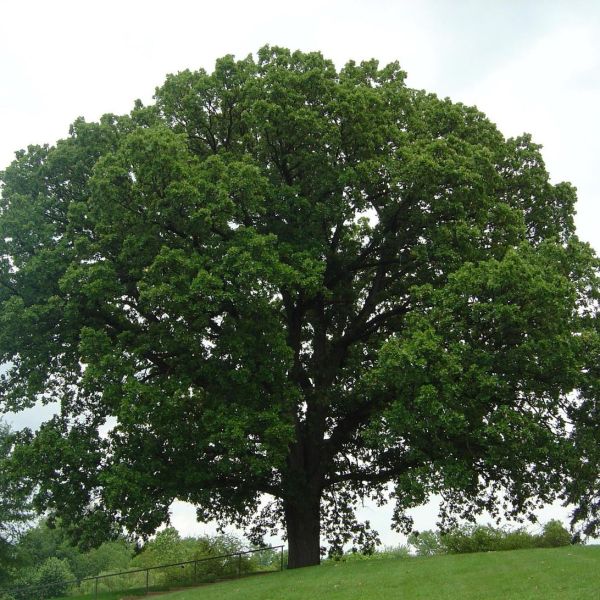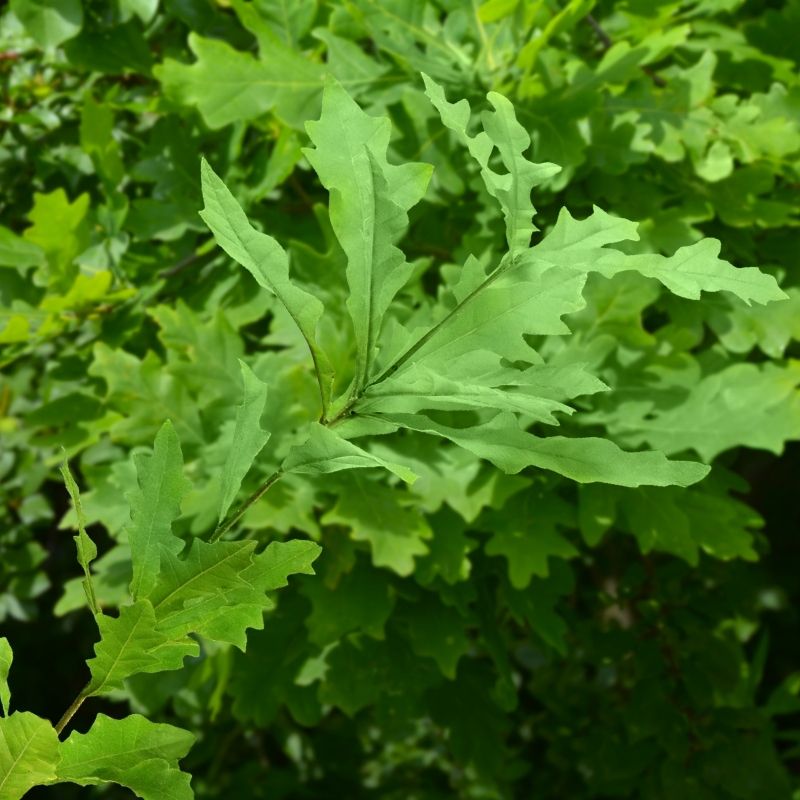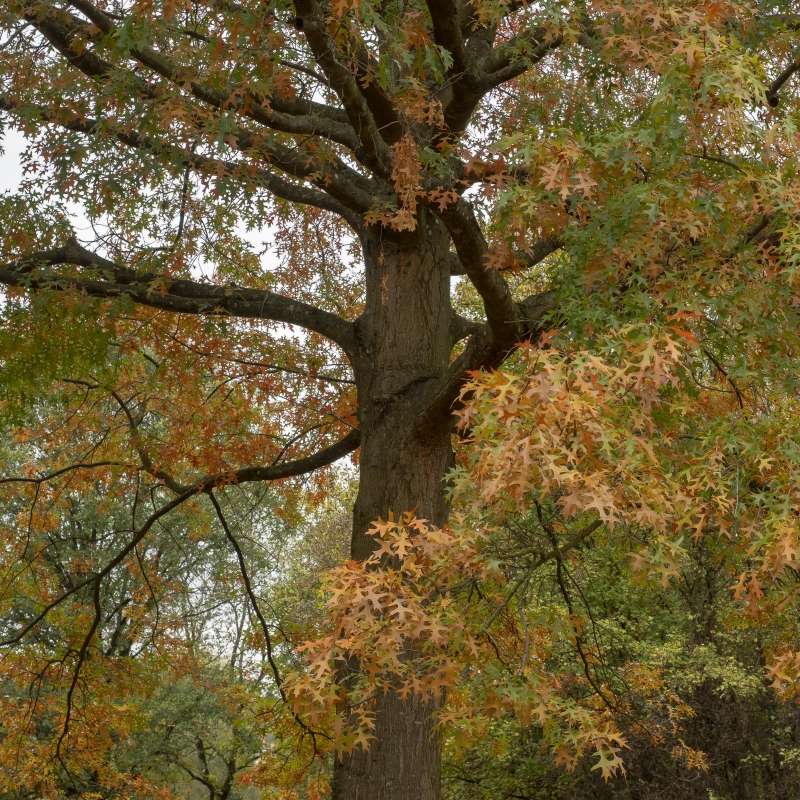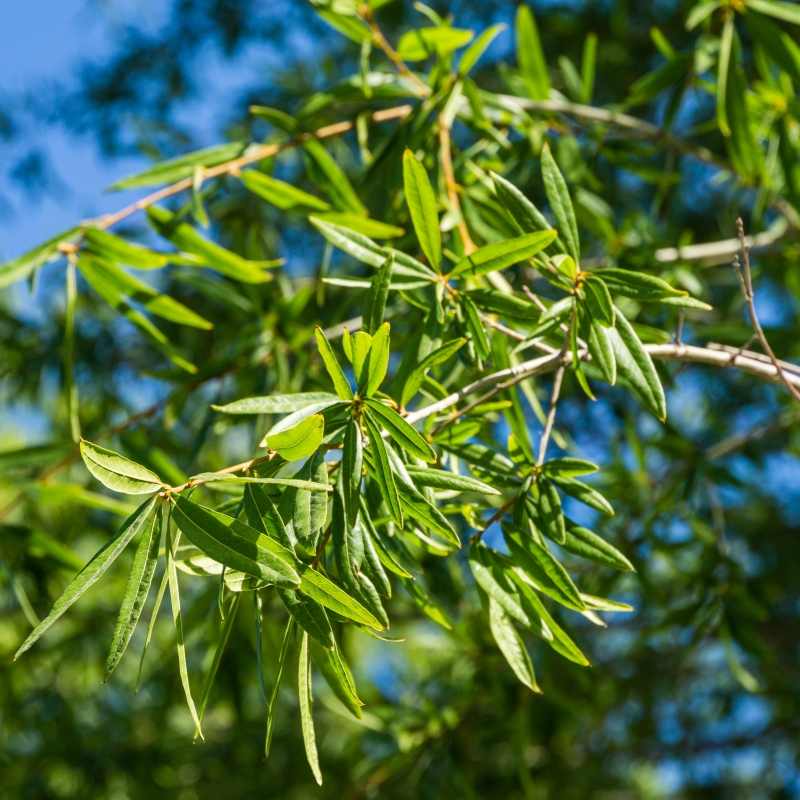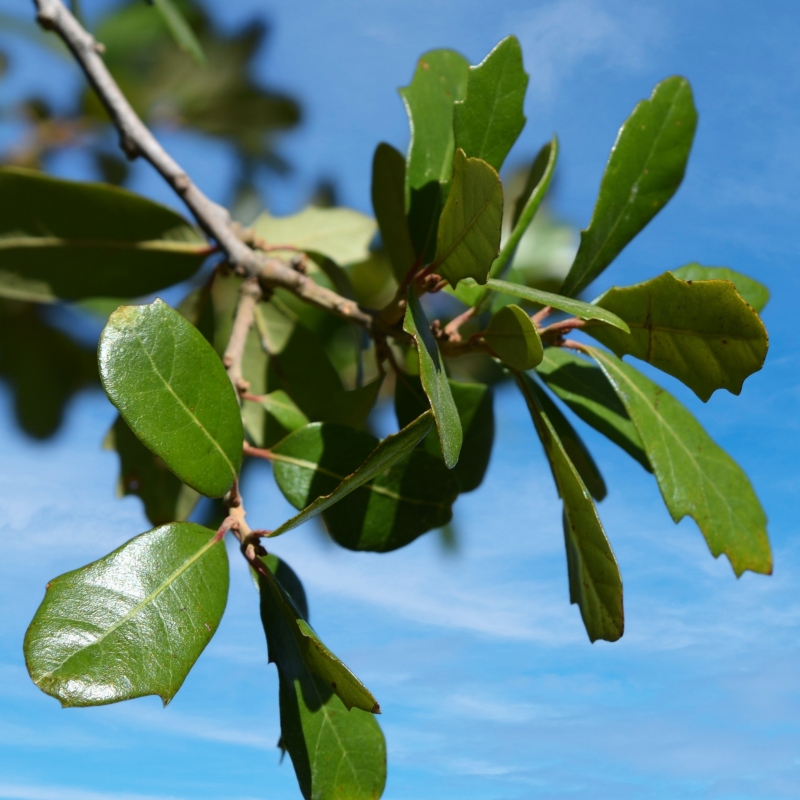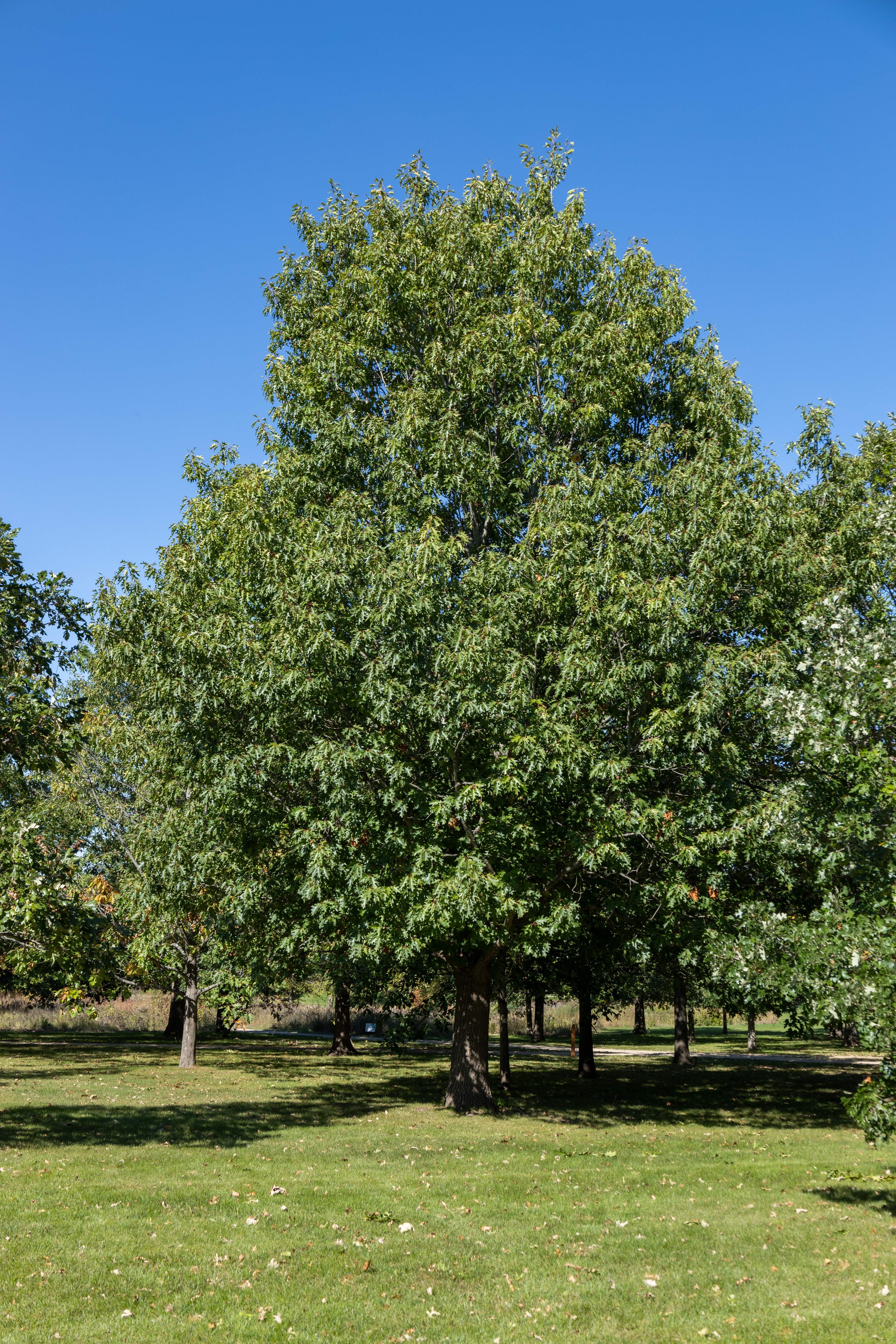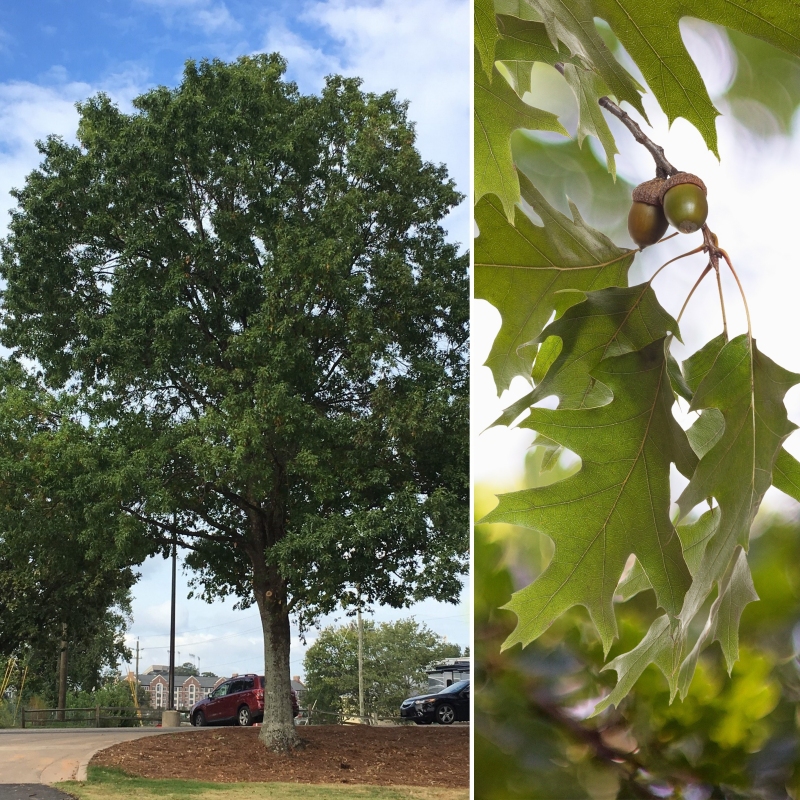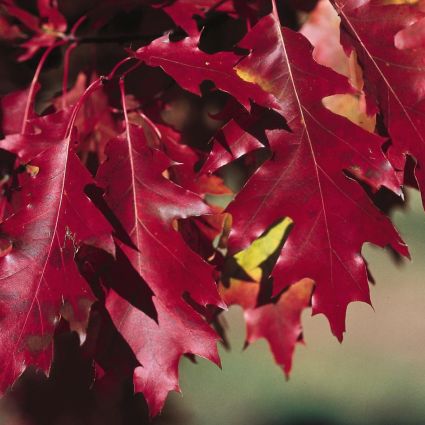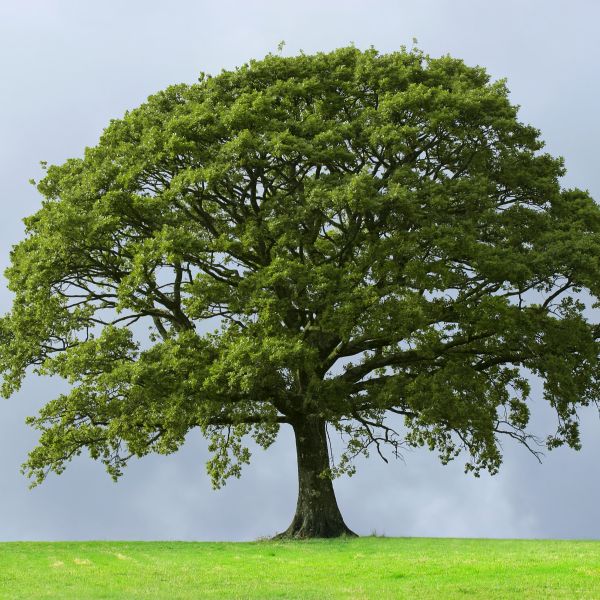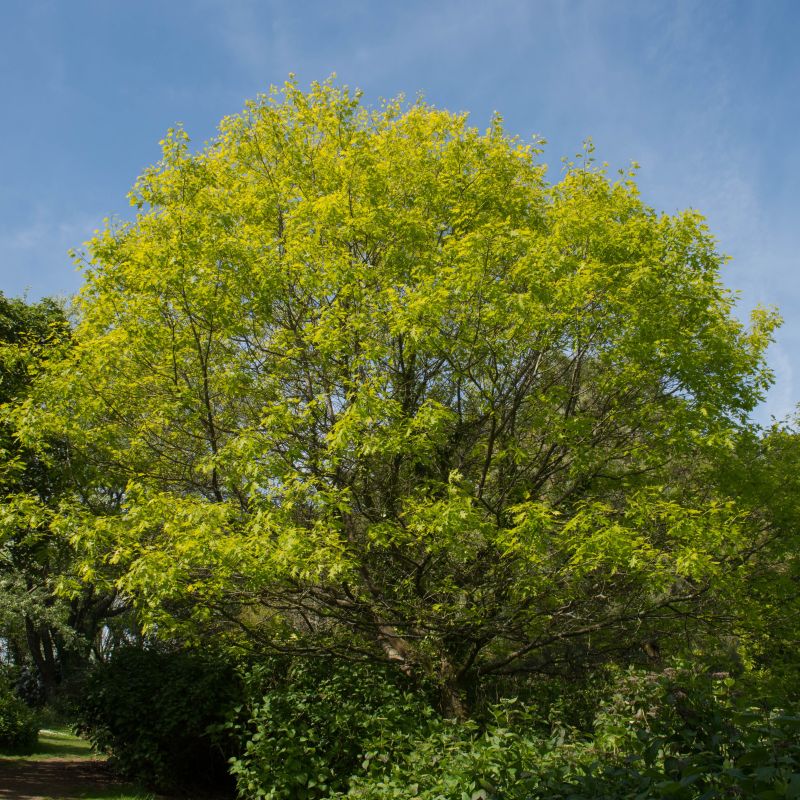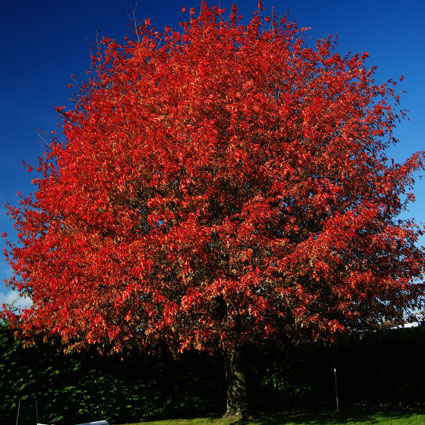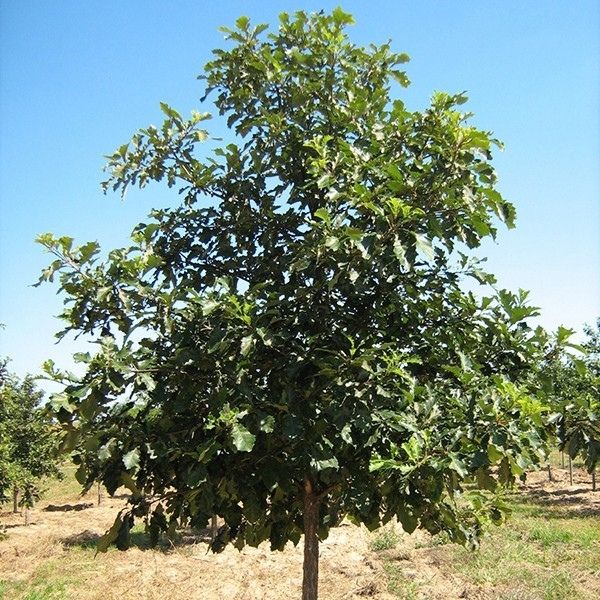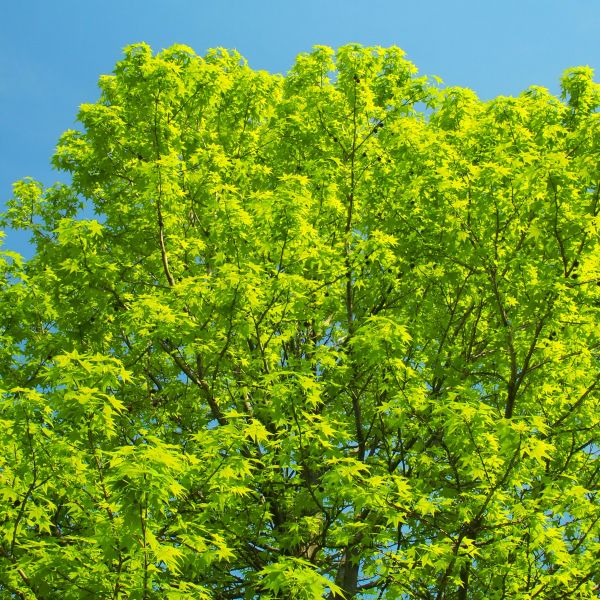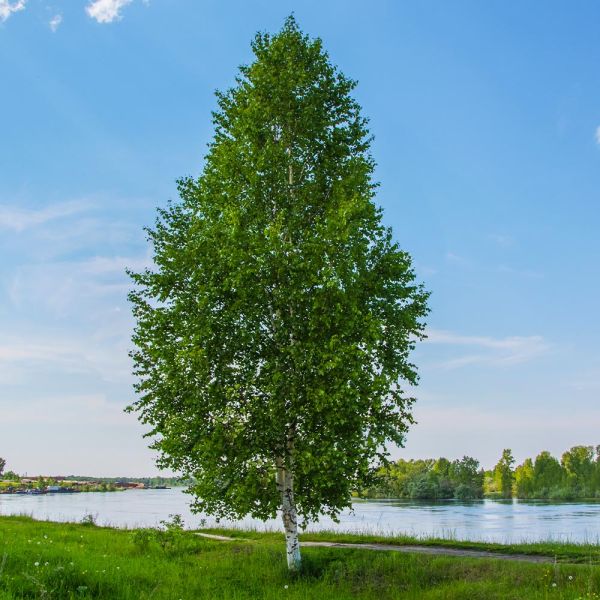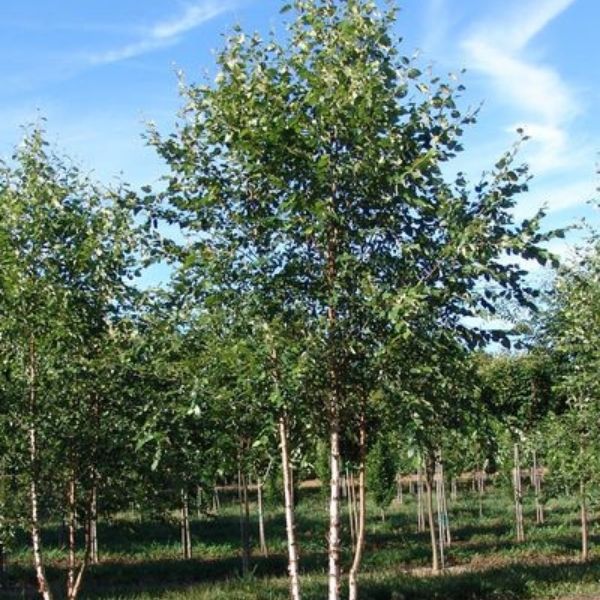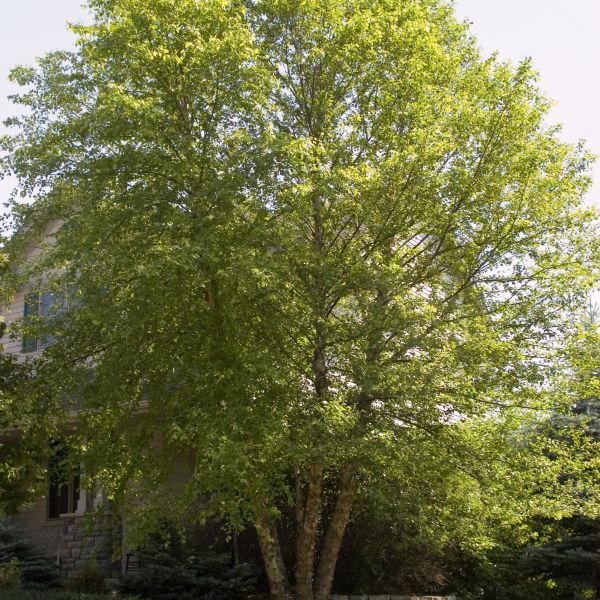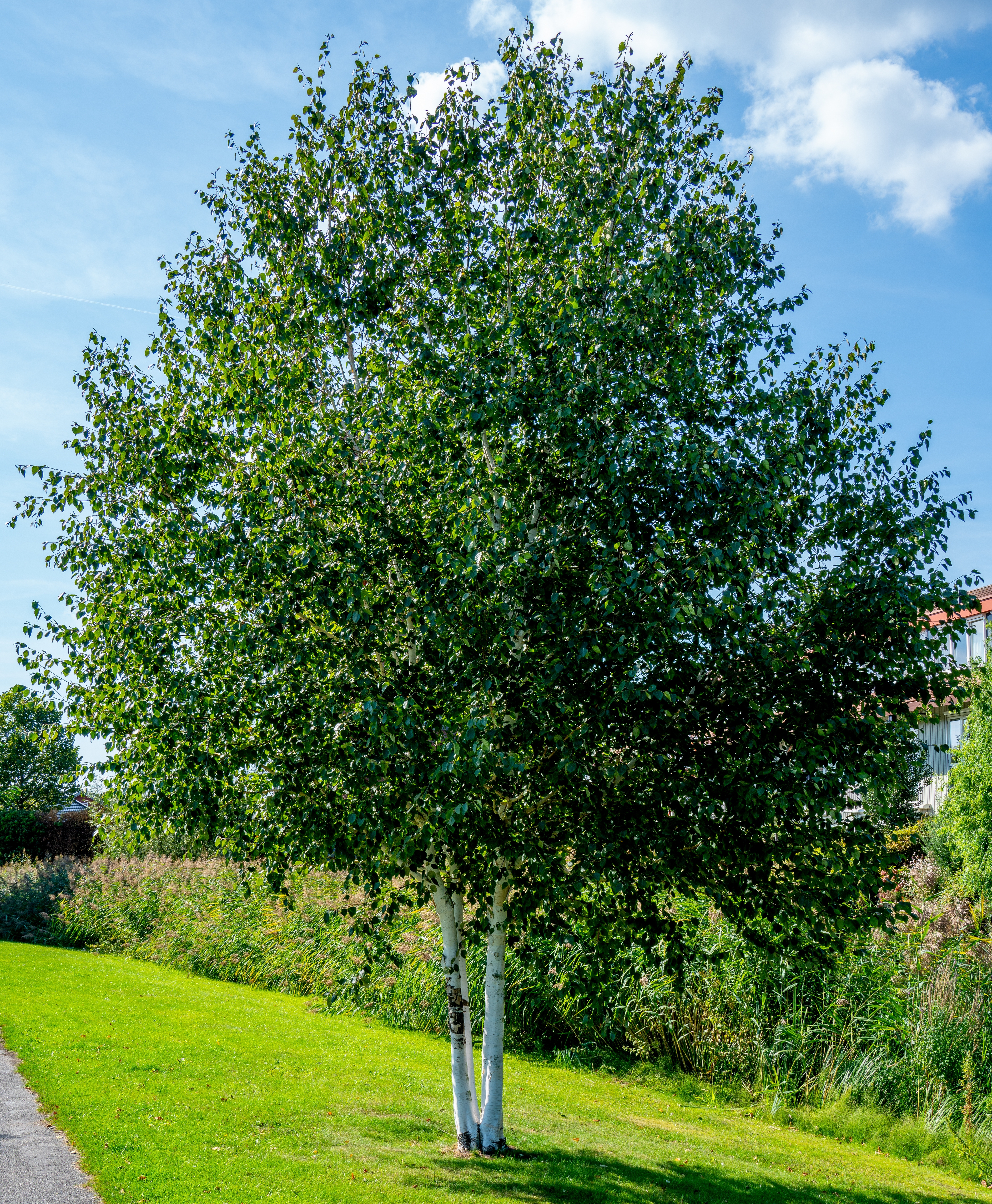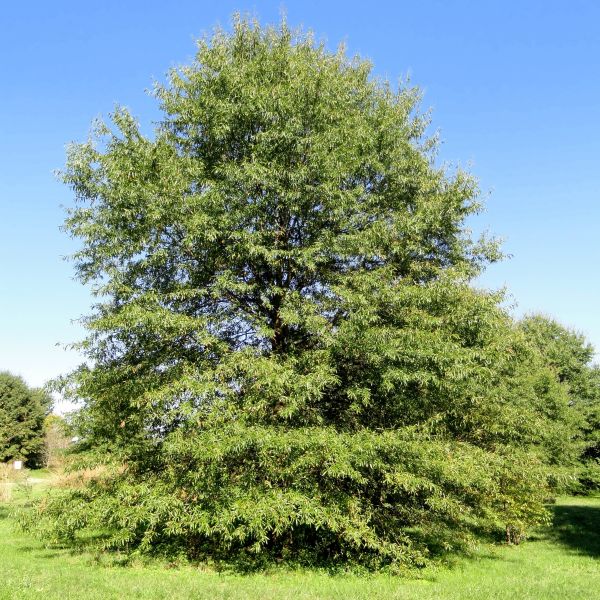
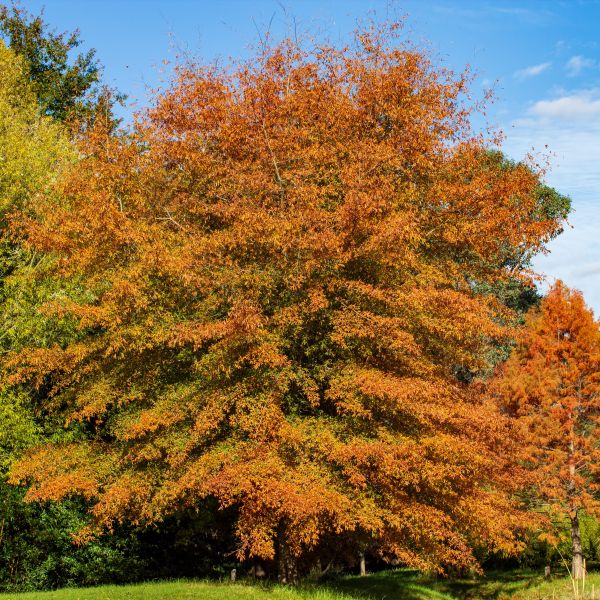
Willow Oak Tree
Quercus phellos
14 reviews
Willow Oak Tree
Quercus phellos
14 reviews
1 Gallon
We are sorry, product is currently out of stock due to seasonal availability. Please check the "Related plants available in your area" section below
Why Willow Oak Tree?
The Willow Oak Tree (Quercus phellos) is a popular landscaping tree known for its elegant form, dense foliage, and strong wood. It can reach heights of up to 100 feet and live for over 200 years. It's easily recognized by its narrow leaves with sharp pointed tips, dark green color, and a willow-like sway in the wind. Its acorn fruit also provides food for wildlife. This tree is a valuable addition to any garden, providing shade and beauty for generations to come.
Related plants available in your area
Sunlight
The Willow Oak tree thrives in full sun, requiring at least six hours of direct sunlight per day to grow and develop optimally.
Watering
The watering requirement for a Willow Oak tree is moderate. It prefers moist soil but can tolerate periods of dryness. Watering should be done regularly, especially during hot and dry periods, to ensure proper growth and health of the tree.
Fertilizing
The fertilizer requirement for Willow Oak Trees is generally low. These trees typically do not require much additional fertilizer, as they can obtain the necessary nutrients from the soil naturally.
Willow Oaks are stunning and majestic trees that are perfect for creating a natural focal point in any landscape. Willow oak trees fall under the red oak group but stand distinct in several ways. It doesn't have the group's characteristic lobed leaves, but rather narrow, willow leaves. And unlike other red oaks, it has a lovely, fine texture.
The Willow Oak Tree can be grown in a container, making it easy to move and perfect for small gardens and patios. However, the willow oak tree is deciduous and a fast-growing oak. Willow oak grows up to 40-70 feet tall. It does have a fibrous root system, making it quite easy to move still!
This tree boasts attractive foliage that is light green in the summer and turns a stunning fall color of yellow-brown, providing year-round beauty.
The Willow Oak Tree is also known for its strong, durable wood and its resistance to pests and diseases.
It's one of the most popular trees to cultivate because of those reasons; it grows rapidly, adapts to many conditions, is drought tolerant, and is generally low maintenance. It thrives best in full sun in tropical and temperate climates, making it a very popular choice in the Southern United States.
The Willow Oak Tree only requires acid soil and prefers clay soils but can adapt to many soil types, as long as they are decently well drained.
From shrubhub, you're sure your willow oak tree will arrive healthy and in the best state. With proper care, this tree can grow to be quite tall and make a statement in any space. It is a great choice for anyone looking to add a distinguished and stately tree to their outdoor space.
Plant Information:
| Botanical Name: | Quercus phellos |
| USDA Zones: | 5 - 9 |
| Water: | Low to Medium |
| Exposure: | Full Sun |
| Soil Needs: | Widely Adaptable |
| Mature Height: | 60 - 80 feet |
| Mature Spread: | 30 - 40 feet |






Pollination Info
Willow Oak Tree (Quercus phellos) Pollination Information:
The Willow Oak tree is monoecious, meaning it has separate male (catkins) and female (flowers) reproductive structures on the same tree. The male catkins produce vast amounts of pollen that is wind-dispersed. This means that insects are not as critical in the pollination process for this species as compared to insect-pollinated plants. Once the pollen lands on the female flowers' stigma, the pollen tube travels down to fertilize the ovule.
As the tree gets older and reaches maturity (around 20-25 years of age), it will produce heavier fruit crops. These acorns will not develop unless pollination has occurred, making pollination critical for successful reproduction. The tree must receive enough pollen for proper fertilization of its flowers and development of the fruit. Up to 20% of flowers may reach full development into acorns.
Overall, the Willow Oak tree relies heavily on wind pollination to successfully reproduce and maintain the species.
FAQ
Willow Oak Tree (Quercus phellos) FAQ
What is a Willow Oak Tree?
Willow Oak (Quercus phellos) is a medium to large deciduous tree that can grow up to 80 feet tall. It is native to North America and is commonly found in wetlands, along streams and riverbanks, and in bottomland forests in the southeastern United States.
How do you identify a Willow Oak Tree?
The leaves of the Willow Oak are long and narrow, similar to willow leaves, hence the common name. They are usually about 2-4 inches long and 0.5-1 inch wide, with smooth edges and a pointed tip. The bark is dark gray and is divided into narrow, vertical plates. The acorns are small, usually less than an inch long, with a shallow cap that covers about one-third of the nut.
When does a Willow Oak Tree produce acorns?
A Willow Oak usually produces acorns in the fall, starting in late September or early October. The acorns are generally small and are an important food source for wildlife, including squirrels, deer, and turkeys.
How fast does a Willow Oak Tree grow?
A Willow Oak is a relatively fast-growing tree, especially when young, and can grow up to 2-3 feet per year. It typically reaches maturity in 30-50 years.
What are the benefits of planting a Willow Oak Tree?
Willow Oak offers many benefits, including providing shade, reducing air pollution, and supporting wildlife. The tree’s dense foliage and deep root system also help prevent erosion and enhance water quality by filtering pollutants.
How do you care for a Willow Oak Tree?
Willow Oaks prefer moist, well-drained soils and full sun, but they can tolerate a variety of soil types and some shade. It is important to prune the tree regularly to remove any dead or diseased branches, and to water the tree during drought conditions.
Are Willow Oak Trees susceptible to any diseases or pests?
Willow Oaks are generally resistant to many pests and diseases, but they can be susceptible to oak wilt, a fungal disease that can kill the tree. It is important to keep the tree healthy and properly pruned to prevent oak wilt infection.
What is the lifespan of a Willow Oak Tree?
The lifespan of a Willow Oak can vary depending on growing conditions, but it can typically live up to 100 years or more.
Planting & Care
Planting & Care for Willow Oak Tree (Quercus phellos)
The Willow Oak tree is a beautiful deciduous tree that belongs to the oak family. It is native to the eastern United States and is also known as the Pin Oak. Willow Oaks can grow up to 100 feet tall and can live for hundreds of years with proper care.
Planting Requirements:
- Choose a planting site that receives full sun to partial shade.
- The soil should be well-draining with a pH level of 6.0-7.0.
- Dig a hole that is three times wider than the width of the tree's root ball and as deep as the root ball.
- Place the tree in the hole and fill with soil while gently tamping down around the base.
- Water the tree thoroughly after planting.
Care Requirements:
- Water the Willow Oak regularly, especially during periods of drought.
- Fertilize in early spring to encourage healthy growth.
- Prune the tree in late winter or early spring to remove dead or damaged branches.
- Apply a layer of mulch around the base of the tree to retain moisture and prevent weed growth.
- The Willow Oak is generally pest and disease-free.
By following these planting and care guidelines, your Willow Oak tree will thrive and provide beauty and shade for years to come.
Check Out These Verified Customer Reviews:
Customer Reviews
4.7 out of 5 based on 14 reviews
Thank you! Your review has been submitted.
I love the quality of the tree I purchased from Willow Oak Tree. It is a beautiful addition to my yard.
The customer service at Willow Oak Tree was top-notch. They answered all my questions quickly and politely.
Tree arrived in great condition
Item has been added to your cart.



